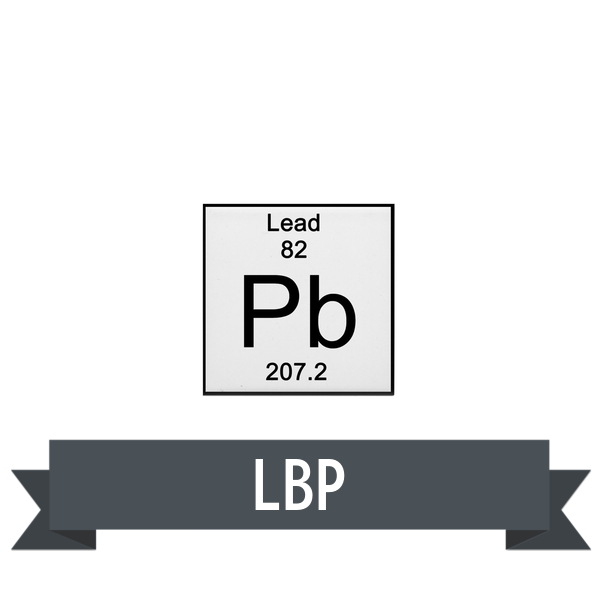Course level: Intermediate
Access duration: 1 year
Applicable states: Alabama, Alaska, Arizona, Arkansas, California, Colorado, Connecticut, Delaware, Florida, Georgia, Hawaii, Idaho, Illinois, Indiana, Iowa, Kansas, Kentucky, Louisiana, Maine, Maryland, Massachusetts, Michigan, Minnesota, Mississippi, Missouri, Montana, Nebraska, Nevada, New Hampshire, New Jersey, New Mexico, New York, North Carolina, North Dakota, Ohio, Oklahoma, Oregon, Pennsylvania, Rhode Island, South Carolina, South Dakota, Tennessee, Texas, Utah, Vermont, Virginia, Washington, West Virginia, Wisconsin, Wyoming.
This training course covers the following information:
Module 1:
- What lead and lead-based paint (LBP) is
- The history of lead and its many uses through time
- Modern day products that contain lead
- Why lead can be found in paint
- Lead laws and executive orders
- How to detect lead-based paint
- Precautions you should take when remodeling buildings that contain LBP
- LBP abatement activities
- Renovation, Repair, and Painting (RRP) activities
- Lead’s harmful health effects on the human body (adults and children)
- Why lead is so toxic to humans
- Lead sources and how you could be exposured
- Lead exposure symptoms
- How to reduce potential health risks from exposure to lead
Module 2:
- The different methods to test for lead in paint (laboratory and field testing)
- General LBP abatement strategies
- Overview of proper LBP cleanup methods
- Steps for removing LBP
- Proper LBP waste disposal
- Removal of structures containing LBP
Module 3:
- Certifications to conduct work with LBP
- How to become certified to perform LBP renovations
- Proper procedures for safely removing LBP
- States authorized to administer the LBP program
- The Toxic Substances Control Act (TSCA)
- TSCA notification exceptions
- The Resource Conservation and Recovery Act (RCRA) and LBP
- OSHA and LBP
Media included:








